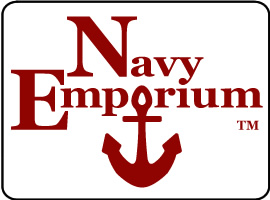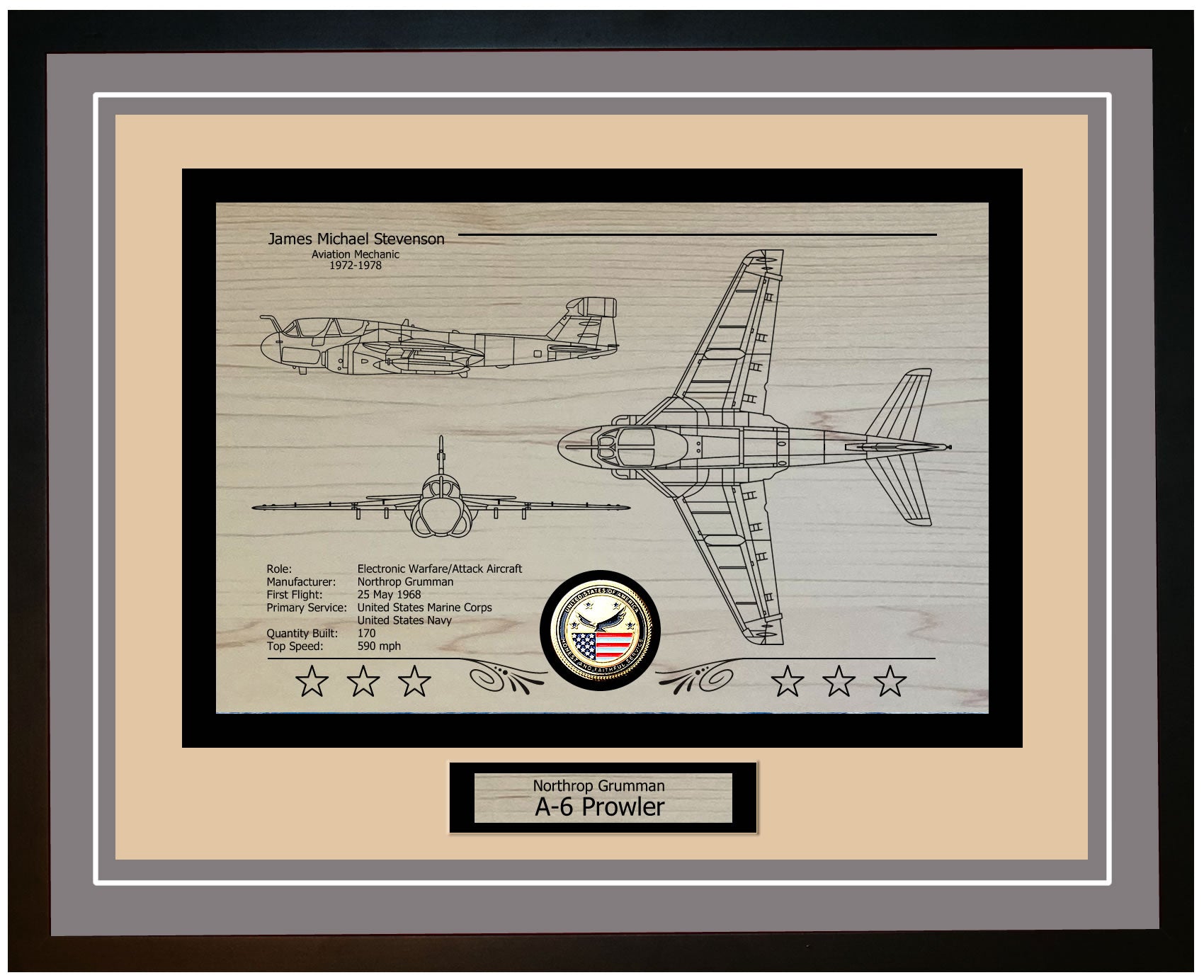The USS Van Valkenburgh (DD 656) was a Fletcher-class destroyer built during the height of World War II, a period of rapid naval expansion and technological advancement. The keel for the ship was laid down on March 15, 1943, at the Federal Shipbuilding and Drydock Company in Kearny, New Jersey. It was launched on December 19, 1943, and officially commissioned into the United States Navy on March 2, 1944. The Van Valkenburgh played a critical role in strengthening the Navy’s capabilities in both the Atlantic and Pacific theaters during the war.
Named in honor of Captain Franklin Van Valkenburgh, who was posthumously awarded the Medal of Honor for his heroic actions during the Japanese attack on Pearl Harbor on December 7, 1941, the ship’s name served as a tribute to his valor. Captain Van Valkenburgh, who commanded the USS Arizona (BB 39) during the attack, stayed aboard his ship despite the onslaught, sacrificing his life to ensure the safety of his crew. By naming the destroyer after him, the Navy ensured that his memory would continue to inspire future generations of sailors.
The Van Valkenburgh was armed with a powerful array of weaponry that made it a formidable force in both surface and aerial engagements. Its armament included five 5-inch/38 caliber guns, ten 21-inch torpedo tubes, and a range of anti-aircraft weapons, which made it capable of defending itself and other naval assets against air and surface threats. The ship was also equipped with radar and sonar systems for its time, enhancing its ability to detect and track enemy targets in diverse combat scenarios. Designed for speed, maneuverability, and firepower, the Fletcher-class destroyers were ideally suited for a variety of wartime roles.
USS Van Valkenburgh DD-656: A Technological Marvel of Naval Warfare
The USS Van Valkenburgh (DD 656) was a Fletcher-class destroyer, a class renowned for its durability, firepower, and adaptability during World War II. With a length of 376 feet 6 inches, a beam of 39 feet 8 inches, and a draft of 17 feet 9 inches, the ship had a full load displacement of approximately 2,050 tons. Its hull, constructed from high-tensile steel, ensured both strength and resilience in combat conditions, while the superstructure was carefully designed to optimize visibility and operational efficiency. The ship’s bridge and Combat Information Center (CIC) were strategically positioned for effective command and control.
Technologically advanced for its time, the USS Van Valkenburgh featured cutting-edge radar and sonar systems that significantly enhanced its navigation and combat capabilities. The ship was equipped with the SG surface search radar and SC air search radar, both of which improved situational awareness by detecting surface and aerial threats. Additionally, the Mark 37 Gun Fire Control System integrated both radar and optical tracking, enhancing the precision of its weaponry and enabling the ship to engage targets more effectively.
The Van Valkenburgh’s propulsion system consisted of four Babcock & Wilcox boilers and two General Electric geared steam turbines, which provided a combined output of 60,000 shaft horsepower. This power plant allowed the destroyer to reach speeds of up to 35 knots, ensuring agility in both combat and escort duties.
The ship’s armament made it a versatile and formidable asset in naval operations. Its primary weapons consisted of five 5-inch/38 caliber dual-purpose guns, capable of engaging both surface and aerial targets. These guns, mounted in turrets, offered a substantial firing range and powerful fire support. For air defense, the Van Valkenburgh was armed with an array of 40mm Bofors and 20mm Oerlikon cannons, which were critical in defending against enemy aircraft, particularly during the intense kamikaze attacks that became prevalent in the later stages of the war.
In addition to its gun systems, the Van Valkenburgh was heavily equipped for anti-submarine warfare (ASW). It carried ten 21-inch torpedo tubes arranged in two mounts, launching Mark 15 torpedoes to target enemy surface vessels. The ship also featured depth charge projectors and racks, allowing it to deploy depth charges to effectively counter submarine threats. This combination of weaponry made the Van Valkenburgh capable of performing a wide range of tasks, including convoy protection, fleet engagements, and shore bombardment support.
The USS Van Valkenburgh’s design and armament made it an invaluable asset in the Pacific Theater, where its versatility was put to full use. From safeguarding vital convoys to engaging enemy fleets, it played a critical role in establishing naval dominance during World War II. Its cutting-edge technology, powerful weaponry, and efficient design helped ensure the success of the U.S. Navy’s operations and contributed to the eventual victory over the Axis powers.
USS Van Valkenburgh DD-656 Crew Member Reports of Time Aboard
USS Van Valkenburgh DD-656: Evolution of a Naval Guardian
During the Cold War, the USS Van Valkenburgh (DD 656) continued to serve as a versatile and strategic asset for the U.S. Navy, participating in NATO exercises and serving as a deterrent against potential naval threats. Its adaptability across a wide range of mission types demonstrated its importance to the fleet and its ongoing relevance in maintaining maritime security during a period of heightened global tensions.
In addition to its critical role during World War II, where it contributed to key battles such as the Battle of Okinawa by providing air defense and supporting shore bombardments, the USS Van Valkenburgh further solidified its legacy during the Korean War. There, it supported United Nations efforts by engaging enemy forces and assisting in naval blockades, providing firepower, and supporting amphibious operations.
Throughout the Cold War, the Van Valkenburgh participated in numerous patrols, exercises, and other naval operations. Its presence in key maritime regions helped maintain the balance of power, reinforcing the U.S. Navy’s commitment to global maritime stability and the deterrence of hostile forces. The ship's continued service demonstrated the Navy’s emphasis on flexibility, readiness, and technological innovation.
The USS Van Valkenburgh’s upgrades and adaptability across decades highlighted advancements in naval warfare technology and strategy. From World War II through the Korean War and into the Cold War, its diverse operational roles showcased the significance of destroyers in maintaining naval supremacy and safeguarding international waters. The ship’s enduring legacy reflects the strength, innovation, and unwavering dedication of the U.S. Navy to protecting global security interests.
USS Van Valkenburgh DD-656: A Legacy of Valor on the High Seas
The USS Van Valkenburgh (DD 656) had a distinguished service history, marked by key deployments and active participation in significant conflicts. Launched in 1944, the destroyer was quickly thrust into the Pacific Theater of World War II, where it played a pivotal role in the Battle of Okinawa. As part of the amphibious assault, the Van Valkenburgh provided essential air defense and naval gunfire support, helping secure beachheads and protect the fleet from relentless kamikaze attacks. The ship’s performance during this critical time demonstrated its resilience and the unwavering commitment of its crew to the mission.
Following the end of World War II, the USS Van Valkenburgh continued to serve with distinction during the Korean War. Recommissioned in 1951, the ship was deployed to the Korean Peninsula in support of United Nations forces. Its duties included shore bombardment, anti-submarine patrols, and escort missions, playing a crucial role in both naval operations and supporting ground forces. The ship’s adaptability and formidable firepower were instrumental during key engagements, underscoring its importance to the success of U.N. operations in the region.
Throughout her career, the USS Van Valkenburgh earned numerous accolades and awards for her outstanding service. These included four battle stars for her contributions during World War II and two additional battle stars for her role in the Korean War, solidifying her reputation as a reliable and effective warship. In addition to the battle stars, the ship was awarded the Navy Unit Commendation and the Korean Service Medal, among other honors. These decorations not only highlighted the ship’s operational excellence but also recognized the courage and dedication of her crew, who consistently rose to meet the challenges of each mission.
The Van Valkenburgh's rich history of service in major conflicts, along with its array of awards and commendations, paints a picture of a vessel that was an invaluable asset to the U.S. Navy. The ship symbolized American naval strength and the enduring loyalty of its crew, contributing to the success of critical missions and leaving behind a legacy of operational excellence.
USS Van Valkenburgh DD-656 Ship Specifications
| Specification | Details |
|---|---|
| Class | Fletcher Class Destroyer |
| Commissioned | August 2, 1944 |
| Displacement | 2,924 tons |
| Length | 377 feet |
| Beam | 40 feet |
| Draft | 13.8 feet |
| Speed | 38 knots |
| Complement | 9 Officers 264 Enlisted |






